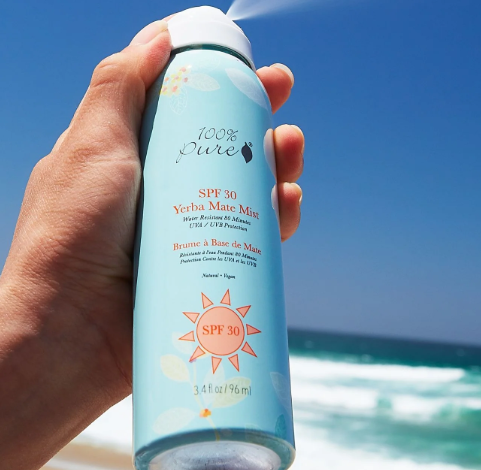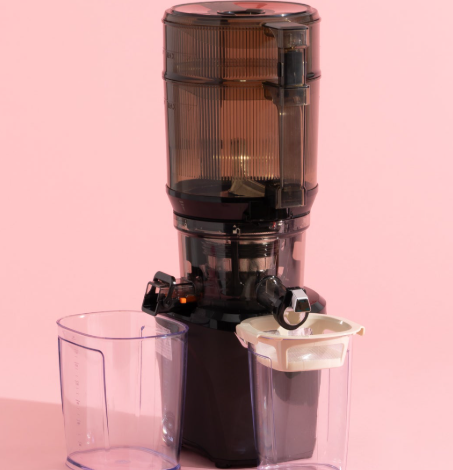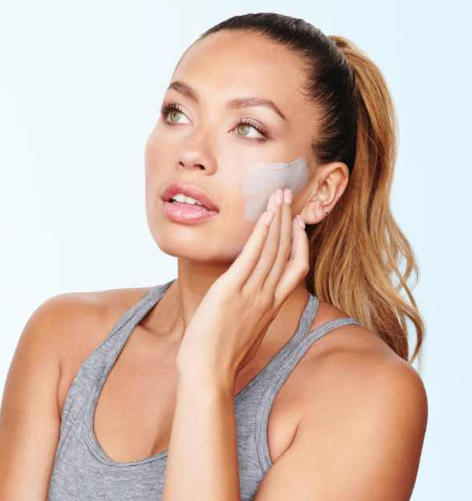
What is Natural Sunscreen and How to Choose the Best One
Summer is a time for sunshine, outdoor fun, and relaxation, but it’s also crucial to protect your skin from harmful UV rays. While sunscreen has become a must-have for most of us, choosing the right one can be overwhelming. With all the options available, it’s essential to understand what makes a sunscreen “natural” and how to select the best one for your skin and health.
In this post, I’ll walk you through the world of natural sunscreens, why they’re an excellent choice, and how to identify the best products for you.
What is Natural Sunscreen?
Natural sunscreens, also known as mineral sunscreens, typically use zinc oxide or titanium dioxide as their active ingredients. These minerals form a barrier on the skin, reflecting harmful UV rays rather than absorbing them like chemical sunscreens. This creates a protective shield, ensuring the sun’s rays don’t penetrate the skin.
The great thing about natural sunscreens is that they’re usually gentler on sensitive skin, as they sit on the surface rather than absorbing into the skin. Zinc oxide and titanium dioxide are both FDA-approved and generally recognized as safe and effective, making them ideal choices for sun protection.
The Benefits of Sun Exposure
While it’s crucial to protect your skin, the sun does offer some benefits. For example, it helps our bodies produce vitamin D, a vital nutrient for bone health, immune function, and blood cell formation. A small amount of unprotected sun exposure, around 5–15 minutes a few times a week, is typically enough to meet your vitamin D needs.
Plus, sunlight can boost your mood and energy levels. Just be mindful of how long you stay out, as prolonged exposure without protection can lead to serious skin damage.
The Risks of Sun Exposure
Although the sun feels great, it can be damaging to your skin in the long run. The two main types of ultraviolet (UV) rays are UVA and UVB. These rays can penetrate your skin and cause damage, leading to premature aging, sunburn, and increased skin cancer risk. Here’s a quick breakdown:
- UVA Rays: These rays penetrate deep into the skin and are responsible for wrinkles, sunspots, and skin aging. They can also increase the risk of skin cancer, as they affect deeper skin layers.
- UVB Rays: These rays are the main cause of sunburn and are strongest between 10 a.m. and 4 p.m. UVB rays can directly damage the DNA in your skin cells, increasing your risk of skin cancer.
That’s why it’s important to protect your skin from both UVA and UVB rays with a broad-spectrum sunscreen.
Choosing the Right Natural Sunscreen
When picking a natural sunscreen, it’s important to look beyond the SPF number and understand what’s really in the product. Here are a few tips to guide you:
1. Understand SPF and What It Means
SPF, or Sun Protection Factor, indicates how long a sunscreen will protect you from UVB rays. For example, an SPF of 15 allows you to stay in the sun 15 times longer than if you weren’t wearing any sunscreen. However, a higher SPF doesn’t always mean better protection. In fact, the difference between SPF 30 and SPF 50 is minimal, and the effectiveness can be reduced by sweating or swimming. It’s crucial to reapply sunscreen regularly, especially if you’re engaging in physical activities.
2. Look for Broad-Spectrum Protection
Make sure your sunscreen protects against both UVA and UVB rays. This ensures your skin is fully shielded from the harmful effects of sun exposure.
3. Mineral vs. Chemical Sunscreens
Mineral sunscreens, made with zinc oxide or titanium dioxide, are a safer choice for many, especially if you’re concerned about environmental or health risks. Many chemical sunscreens contain oxybenzone, a harmful ingredient that has been linked to hormone disruption and environmental damage, particularly to coral reefs. Choose a sunscreen without oxybenzone for better protection for both you and the planet.
4. Avoid Harmful Ingredients
Some sunscreens contain ingredients that can be harmful to both your health and the environment. Be cautious of products containing:
- Vitamin A (Retinyl Palmitate): This ingredient can speed up the growth of skin tumors when exposed to sunlight. It’s best to avoid sunscreens with this ingredient.
- Oxybenzone: This chemical is associated with hormone disruption and can cause environmental harm, particularly to marine life.
5. Opt for Non-Nano Zinc Oxide
Non-nano zinc oxide is a top choice for mineral sunscreens, as it offers broad-spectrum protection without penetrating the skin. Some sunscreens use nanoparticles to make the formula less visible on the skin, but these aren’t always well-regulated and can raise concerns about both safety and environmental impact.
My Top Natural Sunscreen Recommendation
If you’re looking for a sunscreen that checks all the boxes, I highly recommend Annmarie Skin Care’s Sun Love Everyday Sunscreen. Here’s why it’s my top choice:
- Broad Spectrum Protection: It uses non-nano zinc oxide for excellent UVA/UVB protection.
- Gentle and Moisturizing: Packed with nourishing oils like pumpkin seed oil and buriti fruit oil, it’s gentle on sensitive skin while keeping it hydrated.
- Eco-Friendly and Reef-Safe: This sunscreen is not only good for your skin but also good for the planet. It’s free from parabens and toxic chemicals, and it’s made with eco-friendly packaging.
- Light and Sheer: Unlike many mineral sunscreens, this one applies smoothly without the chalky white residue.
Annmarie Skin Care is a trusted brand with a commitment to using safe, natural ingredients, making it a great choice for anyone looking to protect their skin without the harsh chemicals found in traditional sunscreens.
How to Safely Enjoy the Sun
Sunscreen is essential, but it’s just one part of sun safety. Here are some tips to make sure you’re protecting your skin in a healthy way:
- Get Vitamin D Safely: Spend a few minutes in the sun without sunscreen to meet your vitamin D needs, but don’t overdo it.
- Use Sunscreen Wisely: Apply sunscreen 30 minutes before sun exposure and reapply every 2 hours, or more frequently if you’re swimming or sweating.
- Cover Up: Whenever possible, cover your skin with clothing, hats, and sunglasses for extra protection.
- Stay Prepared: Always carry sunscreen with you and use it regularly, especially when you’re outdoors for an extended period.
Conclusion
Choosing the right natural sunscreen is crucial to protecting your skin from the harmful effects of the sun. By looking for mineral-based sunscreens, understanding SPF, and avoiding harmful ingredients, you can enjoy the outdoors safely. And remember, sun protection is just as much about adopting healthy sun habits as it is about applying sunscreen.
Stay safe and enjoy the summer sunshine, but always keep your skin’s health in mind!






